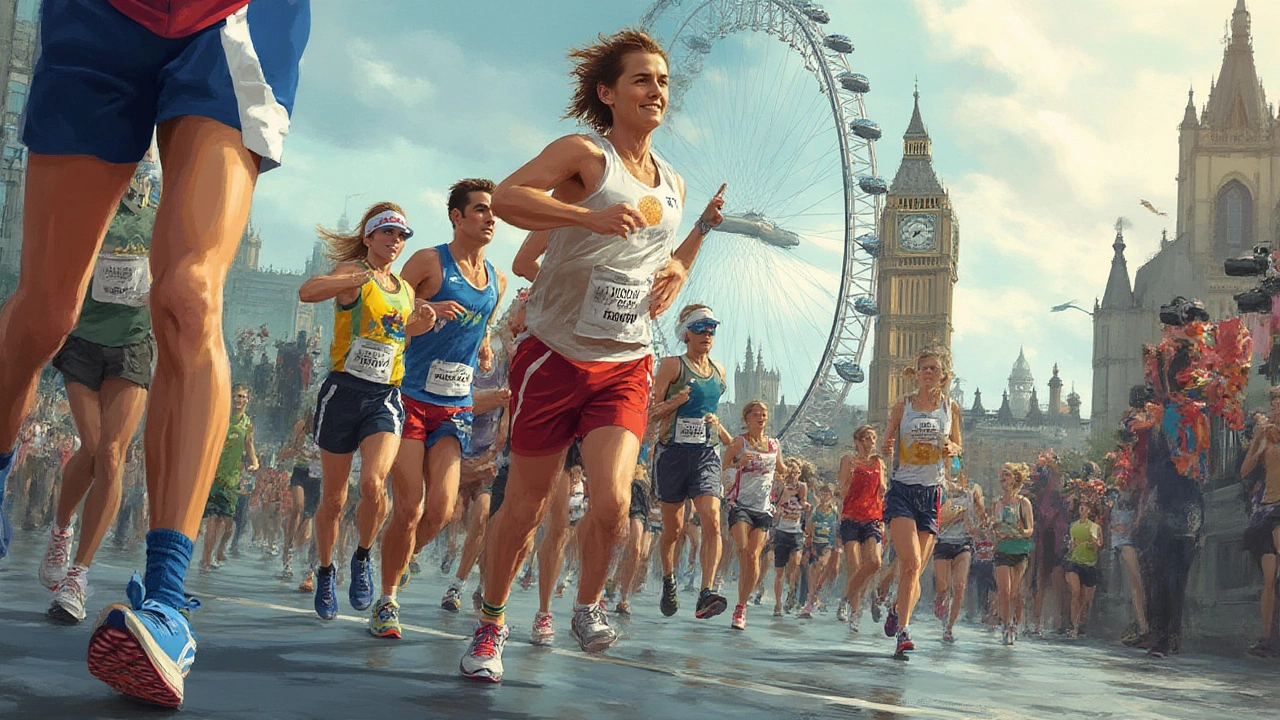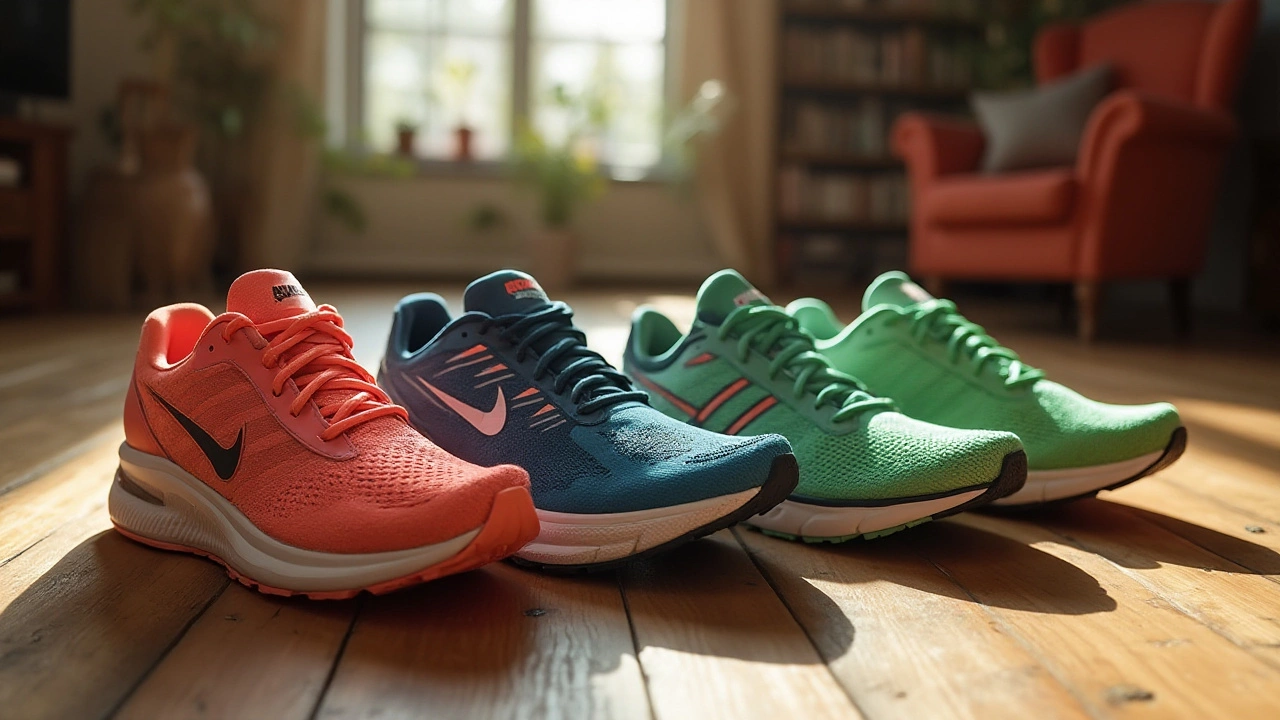
Athletic Footwear: Choose the Right Shoes for Every Workout
If you’ve ever wondered why a pair of shoes can make or break a training session, you’re not alone. The right athletic footwear does more than look good; it protects your joints, improves efficiency, and keeps you motivated. In this guide we’ll break down what to look for, how to test fit, and which models are worth your money.
Fit First: How to Tell If Shoes Are Right for You
Start by standing up straight in the store (or at home with a mirror). Your toes should have a thumb’s width of space in front of the front of the shoe. If a shoe feels loose, it can slip and cause blisters; too tight and you’ll pinch nerves. A common mistake is buying a half size too big – it sounds harmless, but it can change your gait and increase injury risk. Our article on "Running Shoes a Half Size Too Big" explains why keeping the right length matters and shows simple tricks to test fit before you buy.
Top Picks for Different Activities
Not all shoes are created equal. Runners need cushioning and a rocker shape, while weight‑lifters prefer a flat, stable base. If you’re into long runs, Hoka’s maximalist models often get praised for their plush feel. Our deep dive on "Are Hoka Running Shoes Really Good?" found they deliver extra shock absorption without sacrificing speed for most runners. For cross‑training, look for a shoe with a breathable upper, moderate heel‑to‑toe drop, and a durable outsole that can handle lateral movement.
Casual gym goers who focus on squats, bench presses, or deadlifts might opt for a minimalist training shoe. These shoes keep your foot close to the ground, giving better force transfer. If you split your workouts between cardio and strength, a versatile trainer with a moderate drop (around 6‑8 mm) offers a good balance.
Don’t forget about sport‑specific needs. Basketball players need ankle support and responsive cushioning for jumps, while cyclists prefer a stiff sole to improve pedaling efficiency. Even something as simple as a proper sock can affect comfort – choose moisture‑wicking, low‑profile options to avoid pressure points.
When you shop online, read the return policy carefully. Many brands let you try shoes at home for a few days; use that time to walk on different surfaces, do a few squat reps, and pay attention to any hotspots. If you notice pain after a short run, it’s a sign the shoe isn’t right for your foot shape.
Maintenance matters, too. Clean your shoes regularly to prevent odor and break down of materials. Let them air‑dry, and rotate between two pairs if you train frequently. This simple habit can extend the life of your footwear by months.
Bottom line: pick shoes that match your activity, fit snugly without squeezing, and treat them right. The right pair can boost performance and keep you injury‑free, while the wrong one can derail weeks of hard work. Browse our tag page for more reviews, sizing guides, and shoe‑care tips to make an informed decision today.

